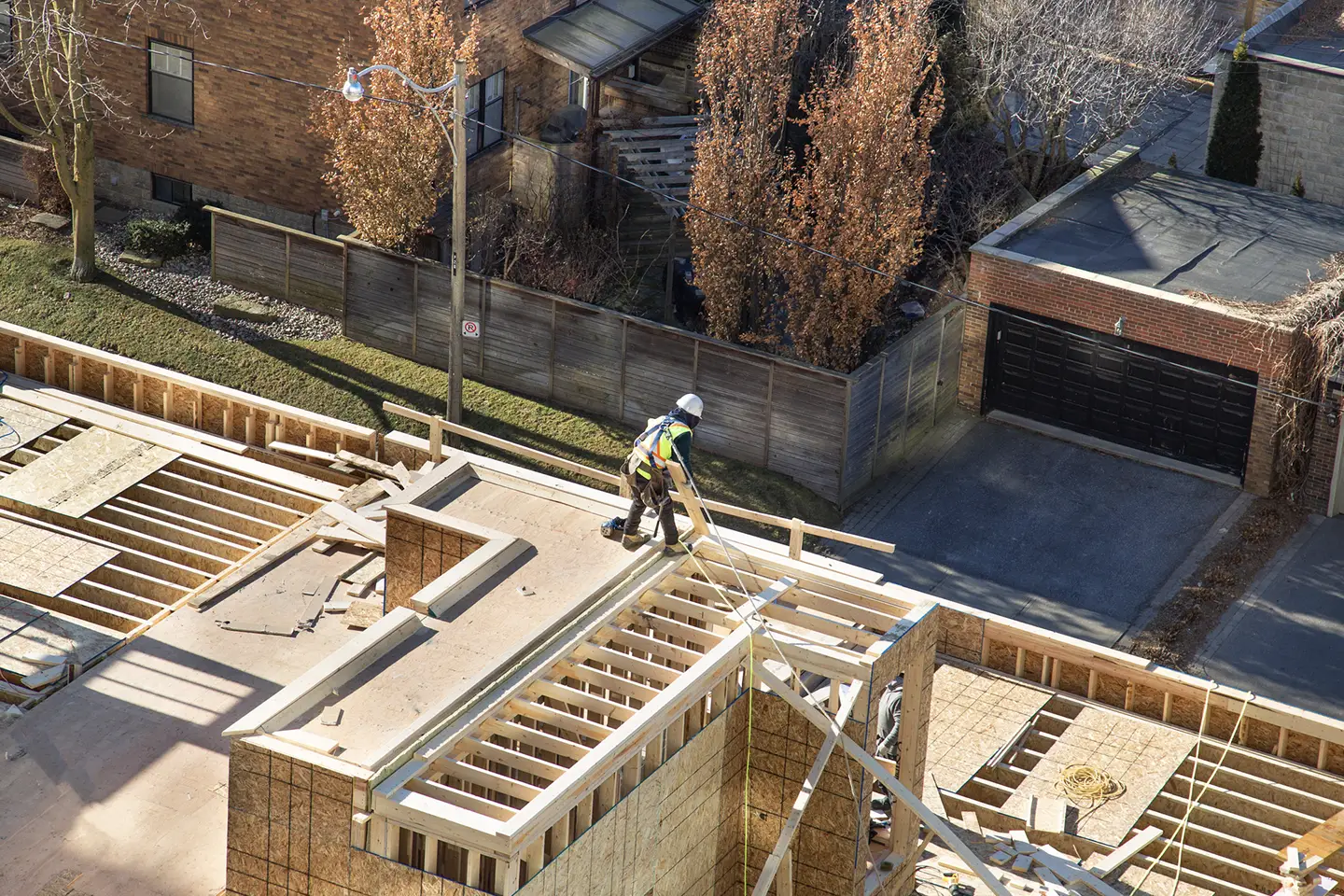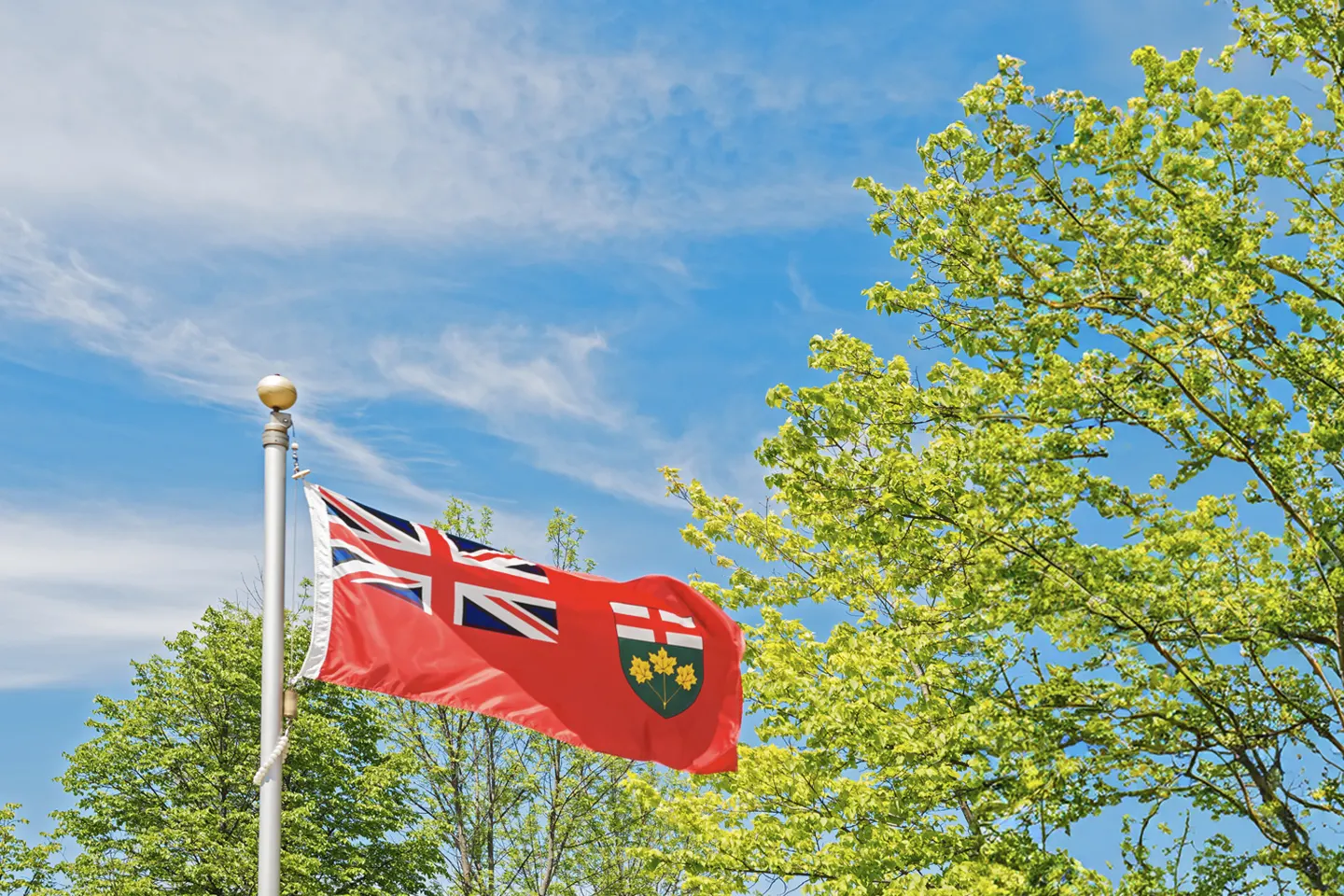Federal Election 2025 Update/Week 5

Key Takeaways
- We’re in the final week of the 2025 federal election campaign, and several party platforms have now been released.
- Liberals continue to lead in the polls, but the race is tightening as Conservatives make up lost ground in some regions.
- 7.28 million Canadians voted, marking a 25% increase from 2021.
Current Political Landscape
As Election Day is Monday, party leaders are faced with the last few opportunities to make their case to Canadians that they should be next to form a government and lead the country.
Following last week’s Leaders’ Debates, all remaining parties released their platforms, including the Liberal Party, Conservative Party, NDP, and the Green Party. The Bloc Québécois previously released their platforms earlier in the campaign.
Their policy platforms focused on differentiating themselves from one another to convince voters of their plan for Canada.
Elections Canada estimates that 7.28 million people cast a ballot during advance polls from April 18 to 21. This surpasses the previous record for voters at advance polls in 2021, with 5.8 million ballots cast, or a 25% increase over 2021.

This week’s Polling
As seen in the past few weeks, polling numbers for the Liberals continue to lead the other parties, with the most recent aggregate polling projections showing the Liberals in the lead with 42 points, with the Conservatives close behind with 38 points. Trailing behind both parties are the NDP, Bloc Québécois, and Green Party with nine points, six points, and two points, respectively.
These numbers show consistency in which party is most likely to form government based on seat projections. Should an election be held today, the Liberals are currently projected to get 186 seats, which is a five-seat reduction from the previous week’s projections. Meanwhile, the Conservatives’ seat projection has gone up by one since last week, resulting in 124 seats in total. The Bloc Québécois has the highest increase in seats since last week, with four additional seats projected for a total of 24 seats. In addition, the NDP and the Green Party have remained consistent since last week, with their seat projection totaling eight and one seat, respectively.
The polling numbers continue to indicate the Liberals would achieve a majority government by being able to win the 172 seats needed, as they have shown for the majority of this campaign period; however, the aggregate polling also shows the Conservative Party making up some of their lost ground, election day may prove to be a closer race than previously projected. The question becomes what happens to third-party votes, and do they take away an LPC majority.
Political Parties
Liberal Party of Canada
In the final week of the federal election campaign, the Liberal Party Leader spent time in several provinces, including British Columbia, Manitoba, and Ontario, as he worked to convince undecided voters to vote Liberal.
With the release of the Liberal Party Platform, “Canada Strong,” on Saturday, April 20th, Carney laid out his core commitments for Canada, where he focuses on the following four themes:
- Unite: Uniting Canadians to meet this moment.
- Secure: Securing our sovereignty and economy.
- Protect: Protecting our values as Canadians.
- Build: Building the strongest economy in the G7.
Carney’s plan, impacted largely by the ongoing tariff threats from United States President Trump, features $130 billion in new spending, largely anchored by a boost to Canada’s GDP by breaking down internal trade barriers.
Following the release of the platform, Carney highlighted specific commitments in this last week of the campaign, particularly his plan to shore up the healthcare system by adding thousands of new doctors, building hospitals and clinics, and modernizing the system at large, as well as investing in women’s health care, such as IVF treatment and protecting women’s rights.
Conservative Party of Canada
On Tuesday, April 22nd, the Conservative Party Platform titled “Canada First, For a Change,” focused on how a Conservative government would differ from the Liberal government of Justin Trudeau, highlighting five commitments to anchor the plan, including:
- Cutting the Liberal deficit by 70% with less spending on bureaucracy, consultants, foreign aid, and handouts to insiders and special interests, while boosting growth with resource jobs.
- Lowering income tax 15%, saving the average worker $900 and the average working family $1,800.
- Building 2.3 million homes by axing home sales taxes and paying cities to cut other taxes to save $100,000, selling off federal land, and getting gatekeepers out of the way to speed up homebuilding.
- Locking up criminals to make you safe.
- Putting Canada First–For a Change.
Following the release of the platform, Poilievre spent this final week campaigning in Ontario, Nova Scotia, and Saskatchewan, where he decided to highlight some of the key commitments for change features in the party platform, particularly his commitments of building 2.3 million homes over the next five years, and incentivizing cities that allow 15 percent more homebuilding each year with rewards, as well as cutting government spending on consultants by $10 billion annually as part of his plan to balance the budget.
New Democratic Party
Campaigning in British Columbia, Manitoba, and Ontario in the final week of the campaign, NDP Party Leader Jagmeet Singh focused on the NDP Party Platform, “Made for People, Built for Canada.”
The platform, released on Friday, April 19th, introduces numerous commitments that are aimed at building on Canada’s core values, which would add $48 billion over the next four years to the current deficit. These commitments fit into the following core themes of the NDP’s plan for Canada:
- Better Health Care
- Homes for Families
- Lower Bills
- A Stronger and More Independent Canada
- Supporting a Green Economy
- Reconciliation in Action
- Strengthening Canada’s Democracy
- A Better Fiscal Approach
The NDP emphasized their role in standing up for the party’s priority policies, such as pharmacare and dental care, within the previous Liberal government, likely with the intention of demonstrating the continued need for an NDP presence in Parliament to Canadian voters.
Bloc Québécois
Bloc Québécois Leader Yves-François Blanchet has continued to campaign in Quebec, where his focus has been to highlight his party platform’s call to action for Quebecers to assert their identity and sovereignty.
As the Bloc’s party platform, titled "Choisir le Québec" ("Choose Quebec"), was released early in the campaign, on March 29th, there have been few new or unexpected policy commitments announced as Blanchet continued to reiterate the four key themes of the campaign:
- Choisir de se tenir debout (Standing Strong)
- Choisir d’être nous-mêmes (Being Ourselves)
- Choisir un environnement sain (Healthy Environment)
- Choisir le Québec (Choosing Quebec)
Throughout the campaign, the Bloc Québécois has tailored messaging to Quebec voters, combining nationalist rhetoric with progressive and environmental policies, in efforts to emphasize the continued need for a distinct Quebec identity as the election focused more on uniting Canadians against sovereignty threats from the United States.
Green Party
On April 17th, Green Party Leader, Jonathan Pedneault launched the Green Party Platform, “Change, Vote For It,” which consisted of four main pillars to encompass their policy commitments, such as:
- The Economy We Need Now
- Safeguarding Canada’s Future
- Security for Every Canadian
- Government that Works for You
As the Green Party has focused on during the entirety of the election, the platform consisted of more than just environmental and climate change related policy commitments, such as the economy and taxation, foreign affairs and national defence, affordability and housing, and democratic reform and reconciliation. The platform did, however, continue to reiterate the long-held commitment to eliminate all fossil fuel subsidies, including tax write-offs for LNG, oil, gas, and coal projects and aims for “a full phaseout of fossil fuel production and exports by 2045.”


